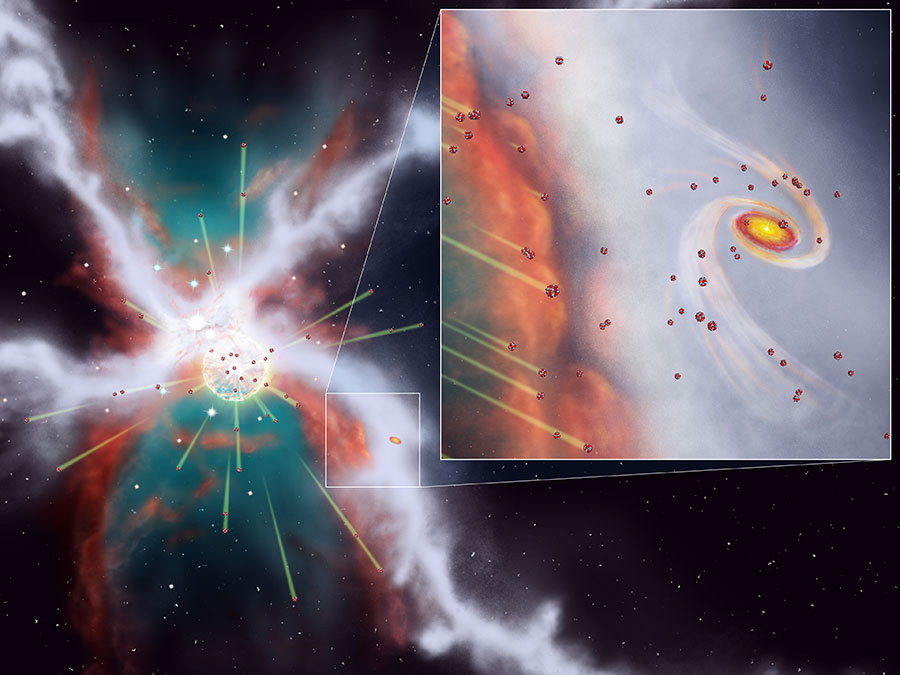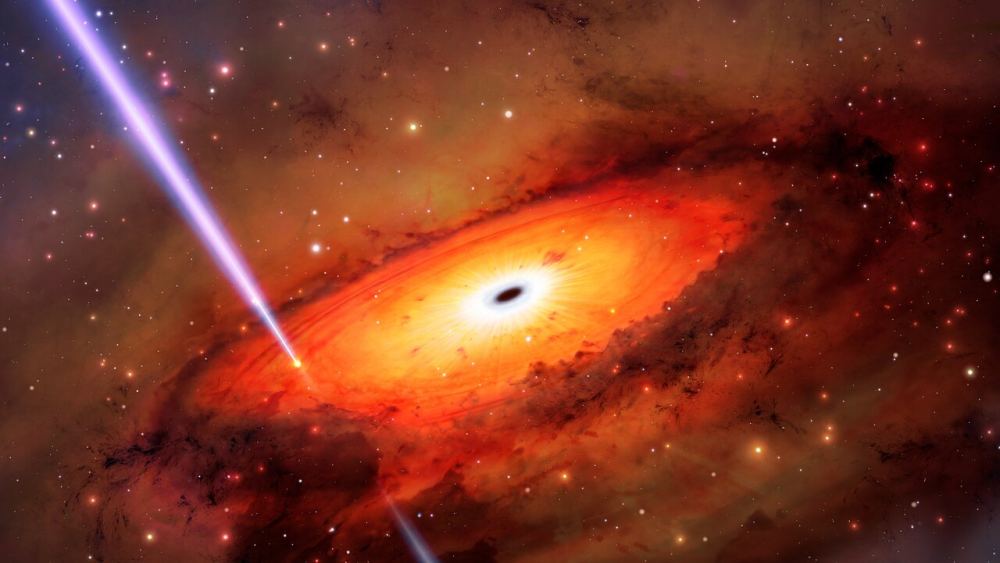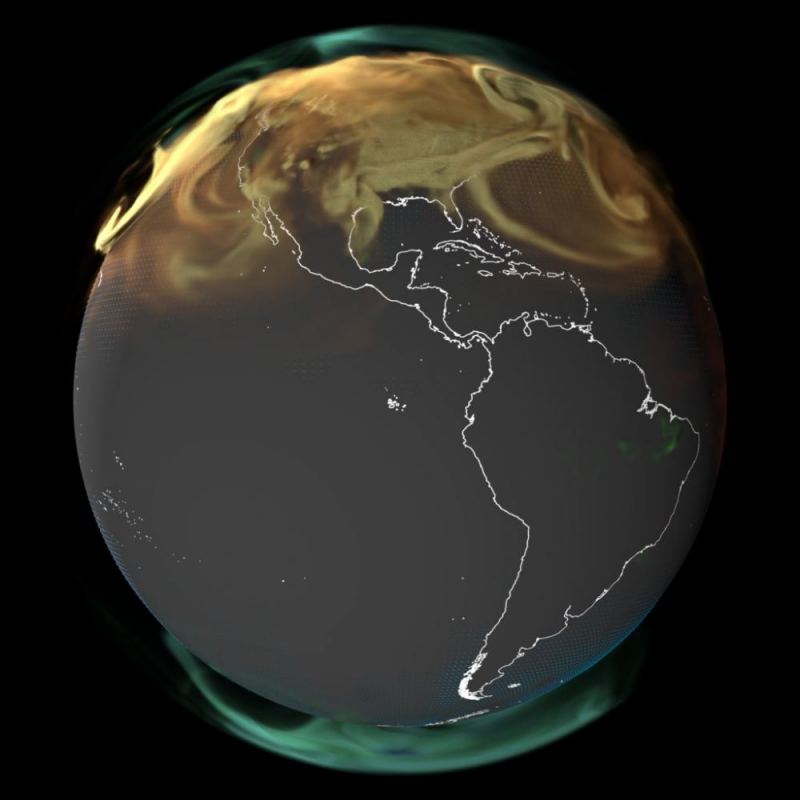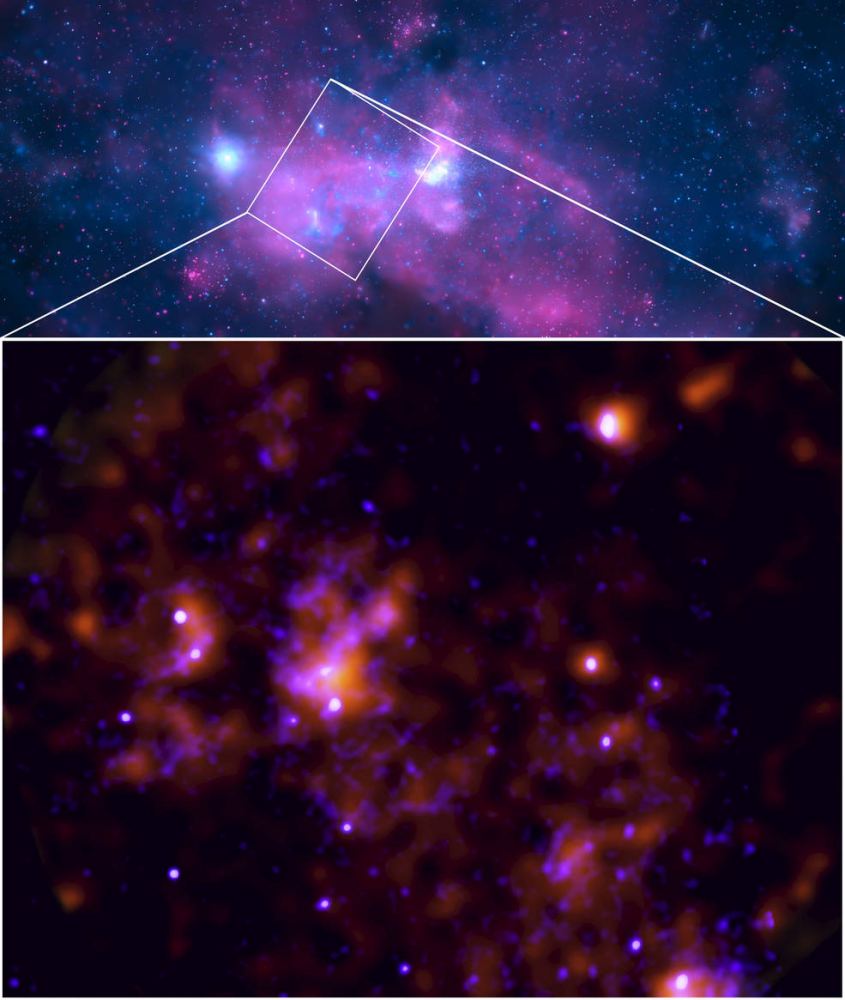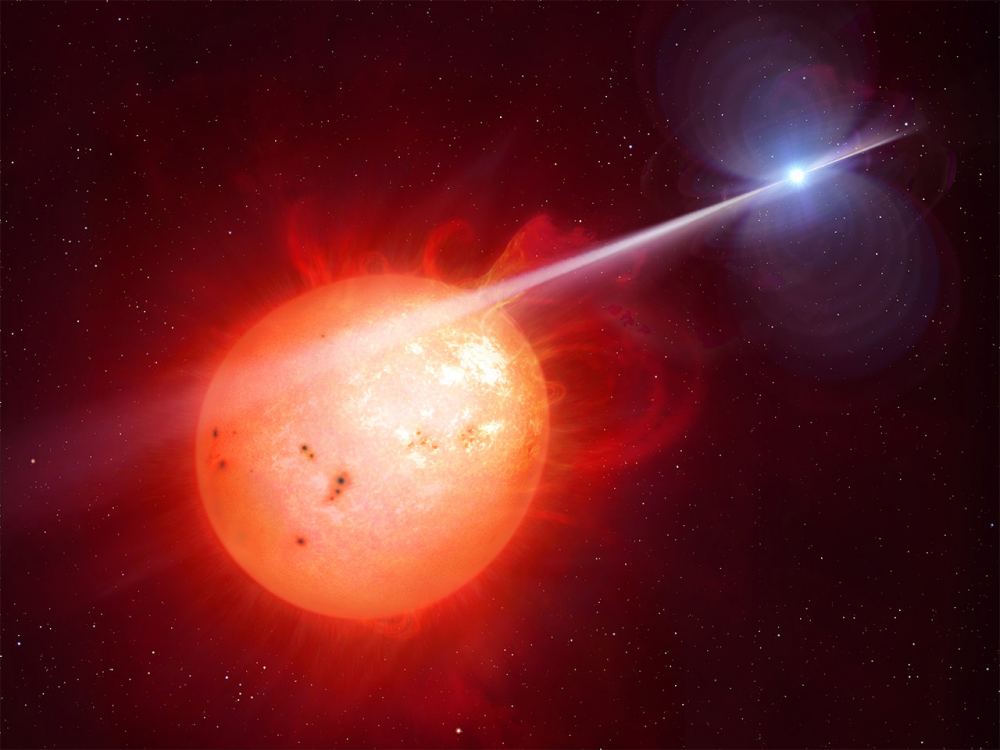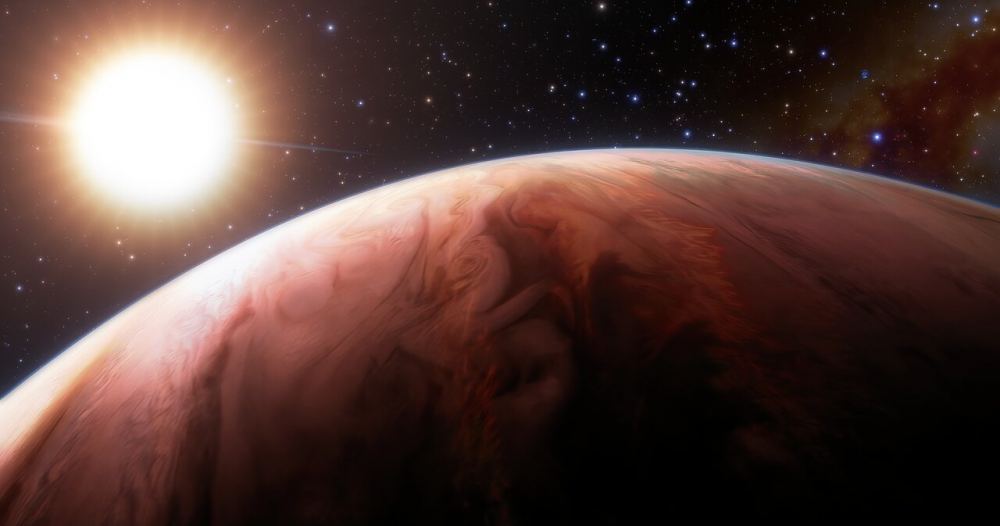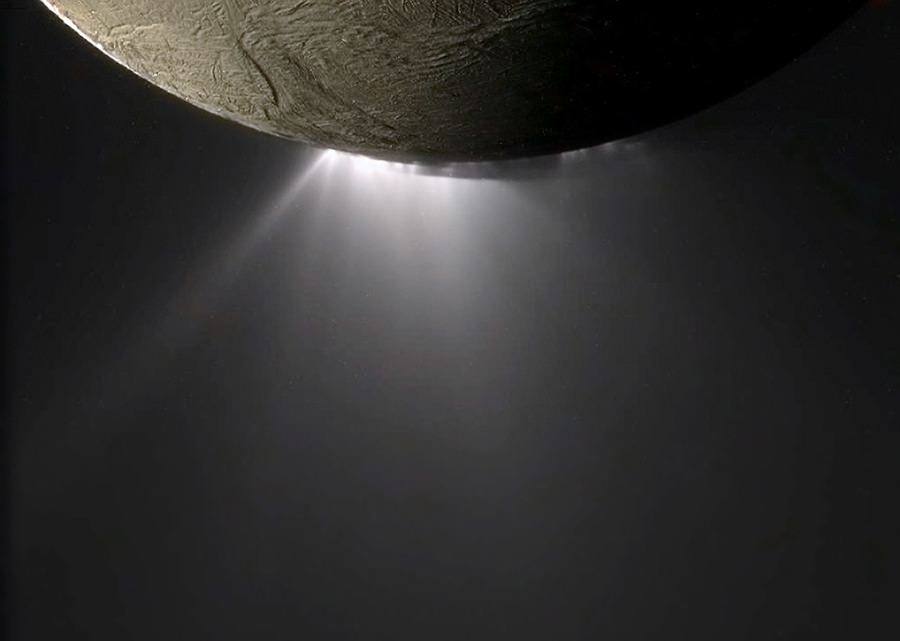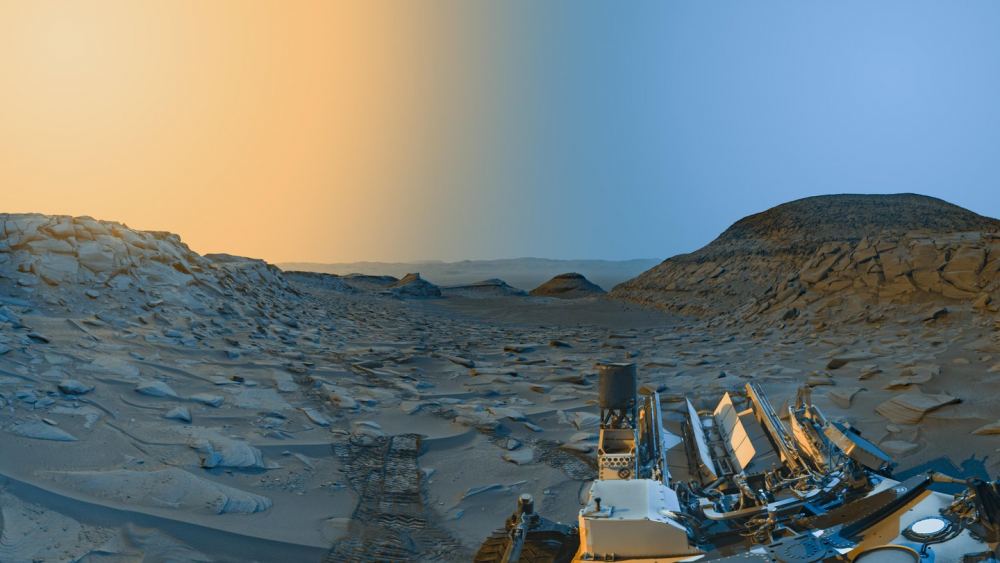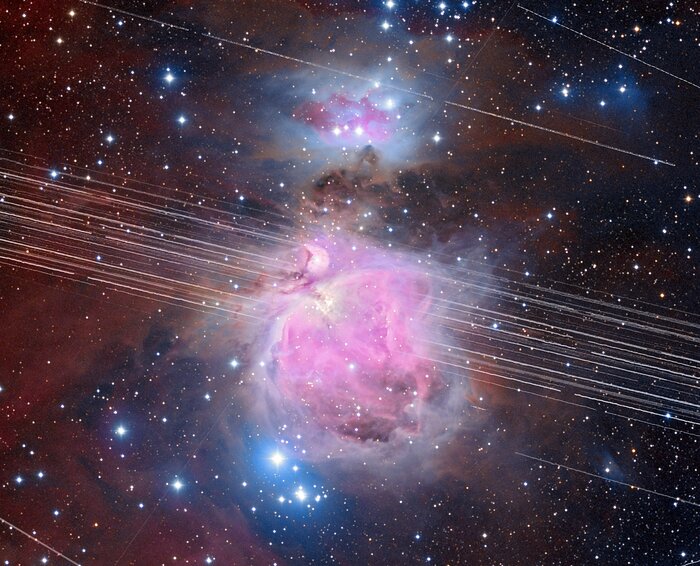Way back in time, about 4.6 billion years ago, our Sun and planets were busily forming nestled inside a cloud of gas and dust. Not far away, a supernova exploded, threatening to tear everything apart. Luckily, a filament of molecular gas protected the infant Solar System from imminent destruction.
Continue reading “A Nearby Supernova Almost Destroyed the Solar System Before it Could Form”A Nearby Supernova Almost Destroyed the Solar System Before it Could Form
